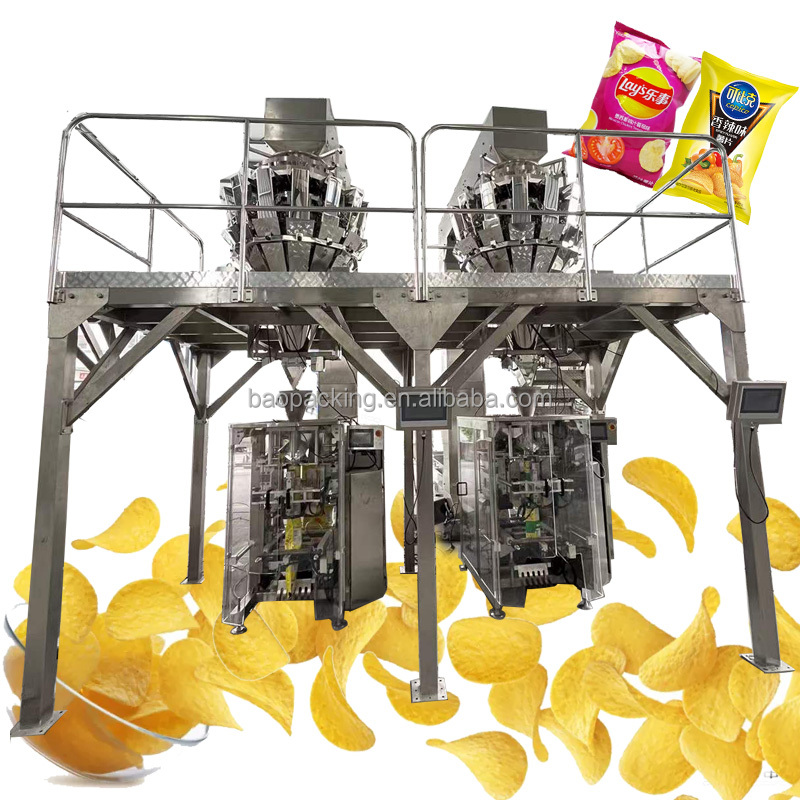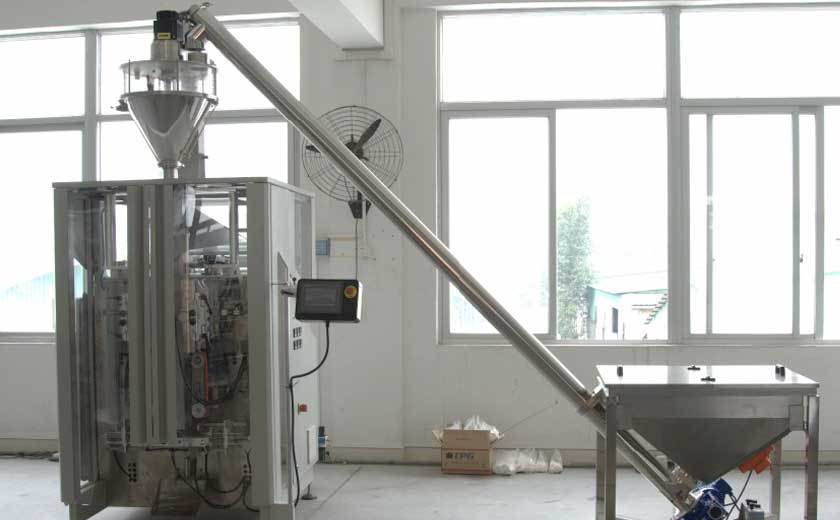The Economics of Detergent Powder Filling- A Comprehensive Overview
In today’s fast-paced world, convenience and efficiency are highly valued. Detergent powder filling is a critical aspect of the laundry detergent industry that ensures a seamless and cost-effective supply chain. The Economics of Detergent Powder Filling: A Comprehensive Overview provides an in-depth analysis of the economic factors influencing this process.
Cost Considerations
The primary cost driver in detergent powder filling is the raw materials. The price of detergent powder ingredients, such as surfactants, builders, and enzymes, fluctuates with market conditions. Manufacturers must carefully balance quality and cost to maintain profitability. Packaging expenses are another major consideration, including the cost of containers, labels, and packaging equipment.
Production Efficiency
Efficiency is paramount in detergent powder filling operations. High-speed filling machines can significantly increase productivity, but they come with higher capital investment costs. The layout of the filling line, including the flow of materials and the integration of automated systems, can also impact efficiency. Proper maintenance and calibration of equipment are essential to minimize downtime and ensure consistent production levels.
Market Demand and Supply
The demand for detergent powder is influenced by factors such as population growth, economic conditions, and consumer preferences. Manufacturers must accurately forecast demand to avoid overproduction or understocking. The supply chain must be flexible enough to respond to fluctuations in demand, balancing production capacity with inventory levels.
Environmental Sustainability
Sustainability is becoming increasingly important in the detergent powder industry. Manufacturers are seeking ways to reduce their environmental impact by using eco-friendly ingredients, minimizing waste, and optimizing packaging solutions. Energy efficiency and water conservation measures can also contribute to cost savings while reducing the carbon footprint.
Regulatory Compliance
Detergent powder manufacturers must adhere to strict regulatory standards to ensure consumer safety and environmental protection. These regulations cover aspects such as ingredient labeling, packaging safety, and disposal requirements. Compliance costs can vary depending on the jurisdiction and the specific regulations in place.
Technological Advancements
Technological advancements are constantly shaping the detergent powder filling industry. Automated filling systems, robotic palletizers, and advanced packaging technologies can improve efficiency and reduce labor costs. Manufacturers must evaluate the potential benefits and costs of these technologies before making investment decisions.
The Economics of Detergent Powder Filling: A Comprehensive Overview underscores the significance of economic factors in this critical industry. By optimizing cost drivers, maximizing efficiency, and adapting to market dynamics, manufacturers can ensure profitability while delivering high-quality detergent powder to consumers. Understanding the economic principles underlying detergent powder filling is essential for stakeholders across the supply chain to make informed decisions and drive continued growth in the industry.
-

Overview of Packaging Machine Buying Guides
08-01-2024 -

How Does a Vertical Form Fill Seal Machine Work?
30-10-2023 -

Advancements in Auger Powder Filling Technology
27-10-2023 -

A Deep Dive into Automatic Packaging Machines
26-10-2023 -

The Revolutionary Fully Automatic Potato Chips Packaging Machine
20-09-2023 -

How to choose the right packaging machine?
23-08-2023 -

Reducing Waste And Maximizing Yield With Multihead Weigher Machines
15-03-2023 -

Nuts Packaging Machine for Dry Products Perservation
26-11-2022 -

Is Automated Biscuit Packaging Machine Better Than Manual Opeartion?
25-11-2022





